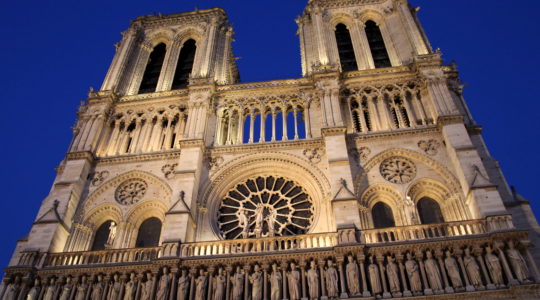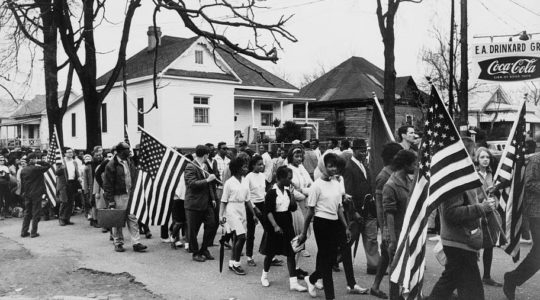The identity crisis has erupted with special severity in the American Jewish community because of its acculturation on one hand and its attempts to maintain its distinctiveness on the other, according to Dr. Mervin F. Verbit, assistant professor of sociology at Brooklyn College. Dr. Verbit spoke on the American Jewish community during the Graduate Summer Institute of Judaism just concluded at the Vanderbilt University Divinity School here.
He explained that Jews saw their Jewishness in terms of the white, Anglo-Saxon Protestant and secular culture around them. They adapted to this culture, but they have maintained their own community and were not totally assimilated, he said. Prof. Verbit observed that “the primary distinctiveness of the Jewish community is that its existence as a community is part of its ideological definition. The Jewish people is not a collection of people who share the same faith so much as it is the instrumentality for the fulfillment of Judaism’s purpose, at least according to Jewish tradition,” he said.
According to Dr. Verbit, “The role of theology in Judaism is different from its role in Christianity. Logically, theism is prior for Jews, but more important is the basic commitment to a particular collective goal in history.” Prof. Verbit said that most young Jews respond to religion in patterns similar to other religious groups by participating partially but not with real intensity or regularity. He noted, however, that some young Jews are experimenting with forms of communal life, frequently combining study with social action and religious sensitivity and several are moving into positions of leadership in Jewish organizations. He said he thought that young professionals are becoming increasingly aware of their Jewishness and are exploring its meaning.
JTA has documented Jewish history in real-time for over a century. Keep our journalism strong by joining us in supporting independent, award-winning reporting.
The Archive of the Jewish Telegraphic Agency includes articles published from 1923 to 2008. Archive stories reflect the journalistic standards and practices of the time they were published.



